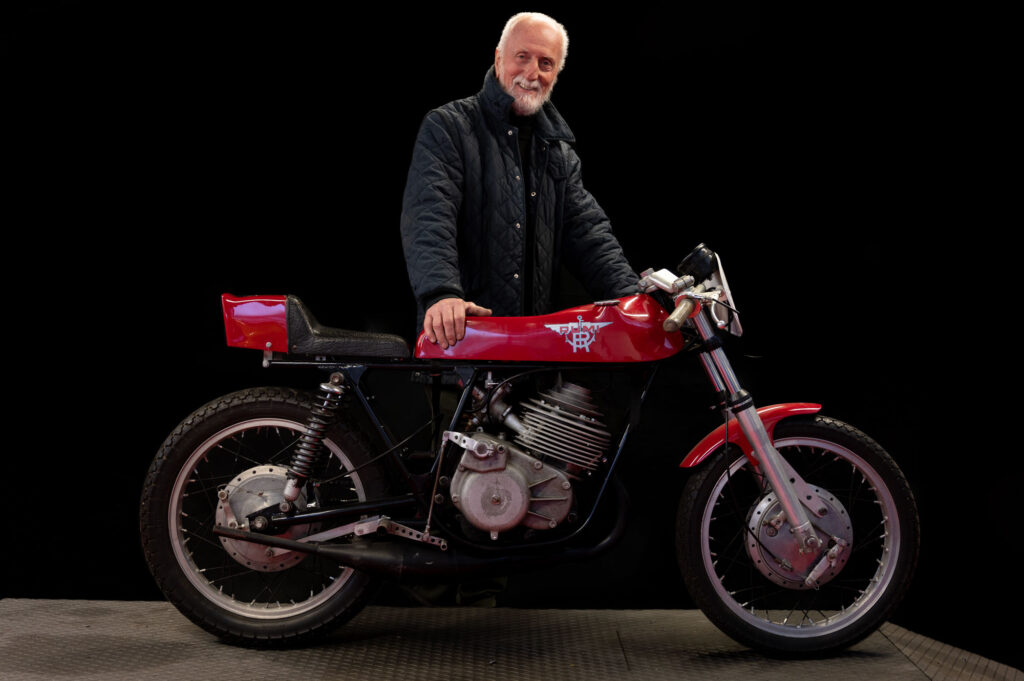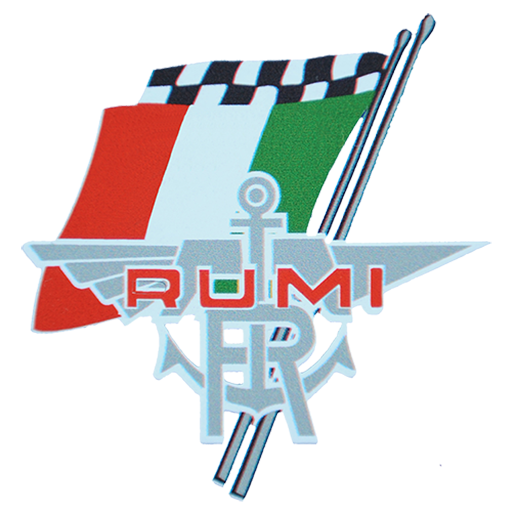RUMI Pagoda by Stefano Rumi

Stefano Rumi has always had a passion for engines and from a young age he began to frequent all the divisions of the RUMI factory, learning everything that could be of interest and useful: designing engines and building them.
At just twenty years old, he decided to develop an alternative engine that could be used both on go-karts, another great passion of his that saw him successfully tackle numerous challenges, and on new vehicles.
The engine was called “pagoda” due to the original shape of the head.
The “Pagoda” shape of the head was designed by Stefano to differentiate itself from the fan-shaped heads that were used by all manufacturers of the time, and both to obtain better performance in terms of cooling, and to create an original and innovative design typical of the RUMI brand.
Stefano Rumi decided to design three versions of the “Pagoda”:
– 125, for use on go-karts and off-road vehicles (bore/stroke 51.5×60)
– 175, for off-road use (bore/stroke 60×60)
– 250, for use on racing cars (a category whose name I don’t remember was born in 1962) (bore/stroke 72.5×60)
For reasons of savings, Stefano used the gearbox and clutch of the 175 4T, positioning it not in line, but with the gearbox primary upwards in order to contain the length of the engine.
Stefano made 8 examples: 4/125, 2/175, 2/250
NOTE: the RUMI factory closed, Stefano found very valid support for the preparation of the engines at the Anacleto Corno dealer
